- Joined
- Aug 15, 2000
- Messages
- 19,098
I have started a push for face up color grading to be added to lab grading reports.
It is a key issue discussed in my new book.
There are many other issues I have with diamond grading, and I will wok my way through them until the labs put out a hit contract on me!
They do not protect consumers - they are marketing tools for the industry!
It is a key issue discussed in my new book.
There are many other issues I have with diamond grading, and I will wok my way through them until the labs put out a hit contract on me!
They do not protect consumers - they are marketing tools for the industry!





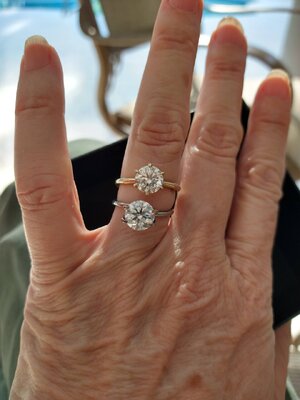
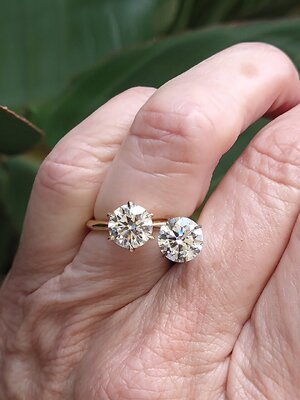
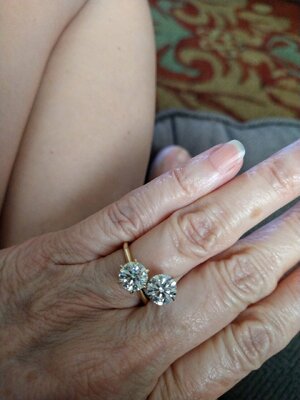
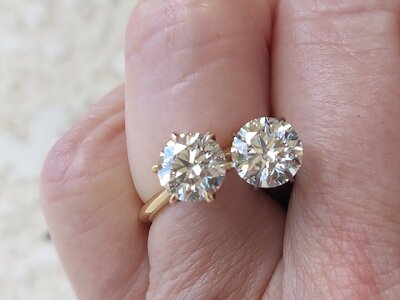
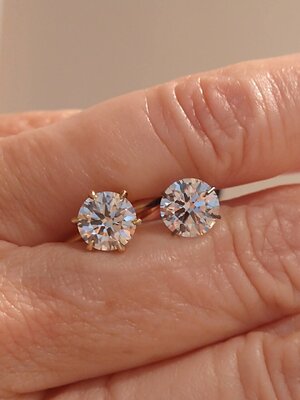
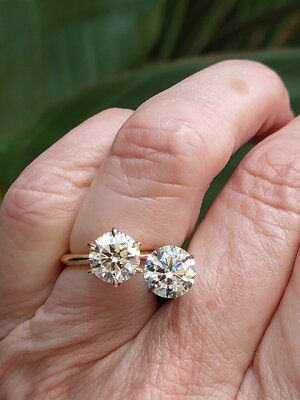
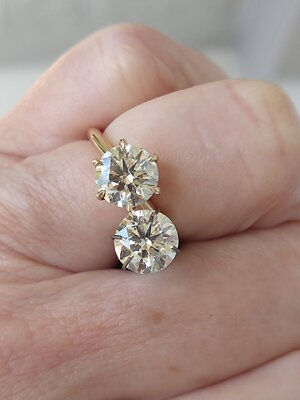
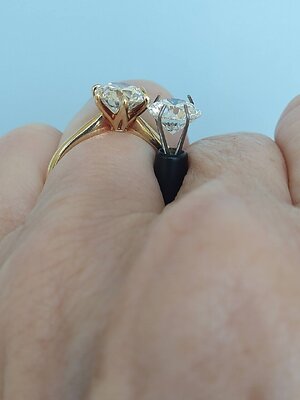
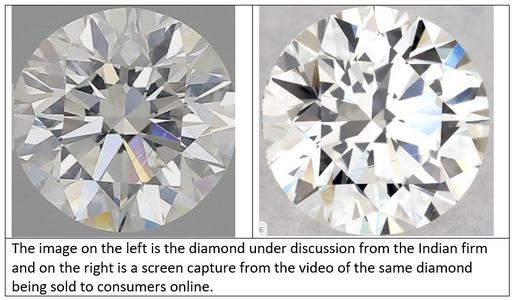
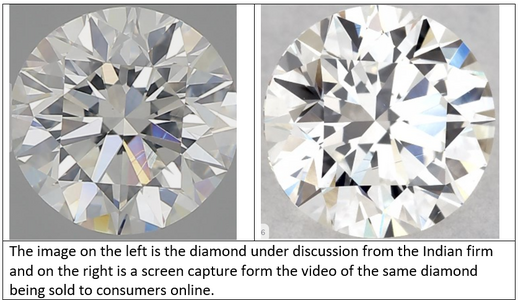


300x240.png)